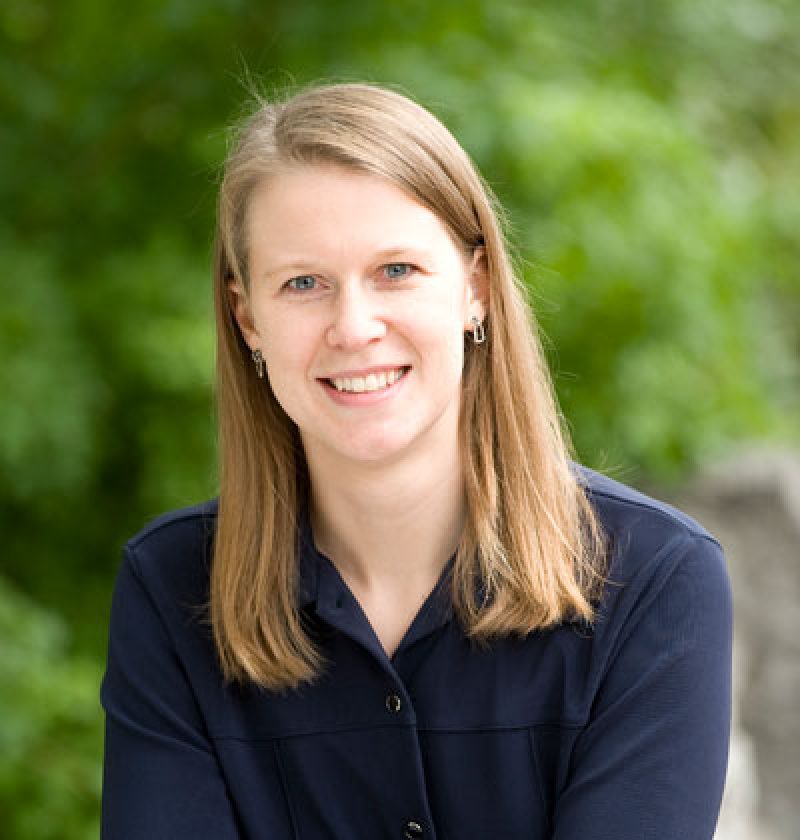

Briana Burton
RELATED STORY: Rita Allen Foundation Scholars Reveal Biological Forces That Underlie Responses to Change
Briana Burton (Milton E. Cassel Scholar) earned a B.A. from Northwestern University and a Ph.D. from the Massachusetts Institute of Technology. She was a faculty member in the Department of Molecular and Cellular Biology at Harvard University from 2008 to 2015, when she became an assistant professor at the University of Wisconsin-Madison. Burton received postdoctoral fellowship awards from the Damon Runyon Cancer Research Foundation and the Charles A. King Trust. She has been honored with the William F. Milton Award and the Fannie Cox Prize for Excellence in Science Teaching. From 2010 to 2011 she was an education fellow of the National Academy of Sciences. She is currently a Distinguished Lecturer of the American Society for Microbiology.
Every day in the laboratory, scientists take for granted the immensely powerful process of transformation, whereby cells bind, internalize and incorporate exogenous DNA. In many cases, whether for research or therapeutic purposes, a major limitation to progress is the ability to genetically manipulate cells. How exactly do cells move one of the largest and most hydrophilic biological molecules across hydrophobic membrane barriers? Whereas we tend to think of DNA uptake in terms of the artificial processes imposed by researchers on their cells, nature has dedicated protein machinery for binding and internalizing DNA. In fact, the majority of the bacterial species sequenced to date appear to code for such DNA uptake machines.
The long-term goal of the Burton laboratory is to understand natural mechanisms cells use to transport DNA across cell membranes. They use the naturally transformable model bacterium Bacillus subtilis and a combination of biochemistry, classical microbiology and high-resolution imaging for the molecular characterization of the most mysterious part of bacterial transformation, the core protein apparatus that allows DNA entry to the cell.